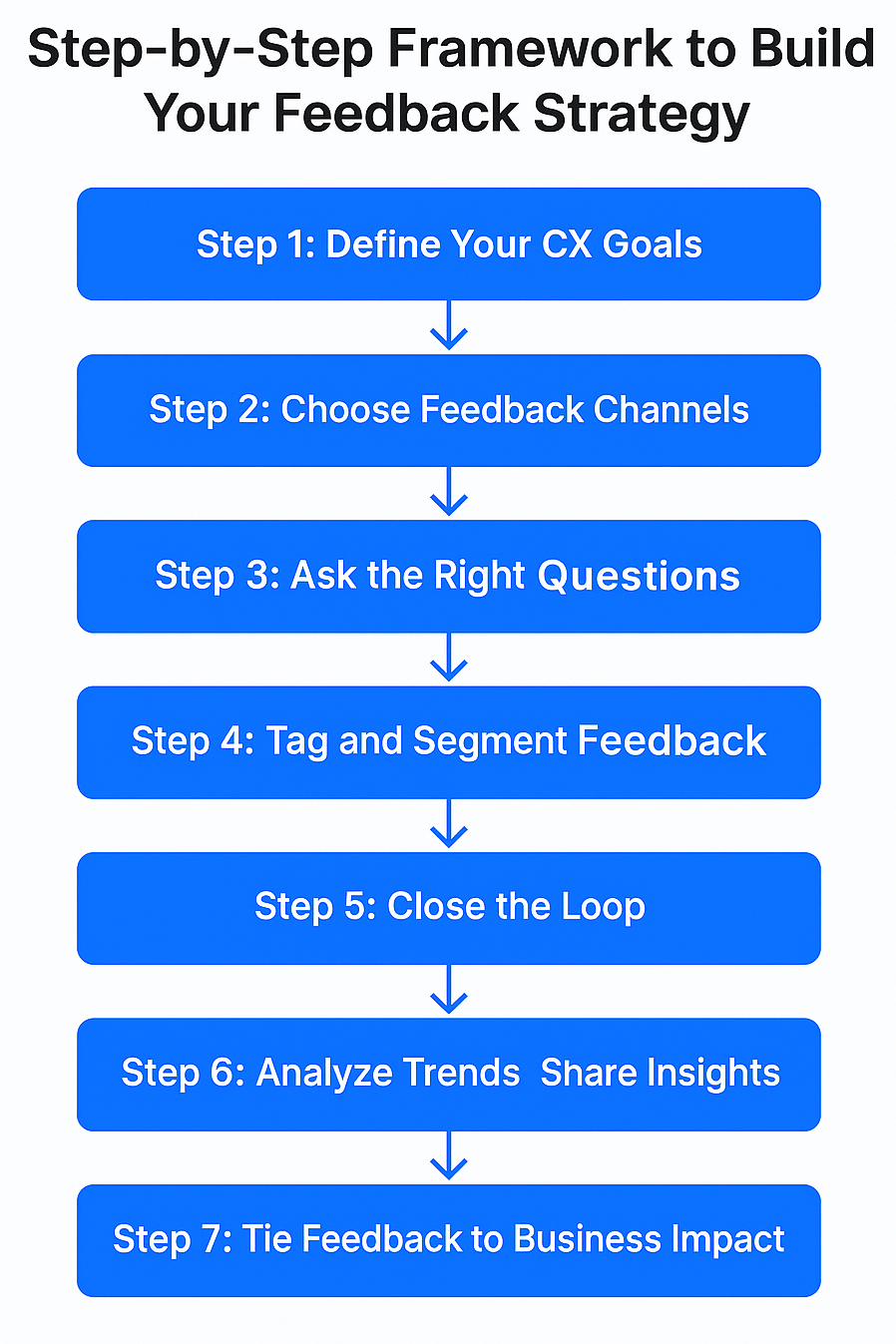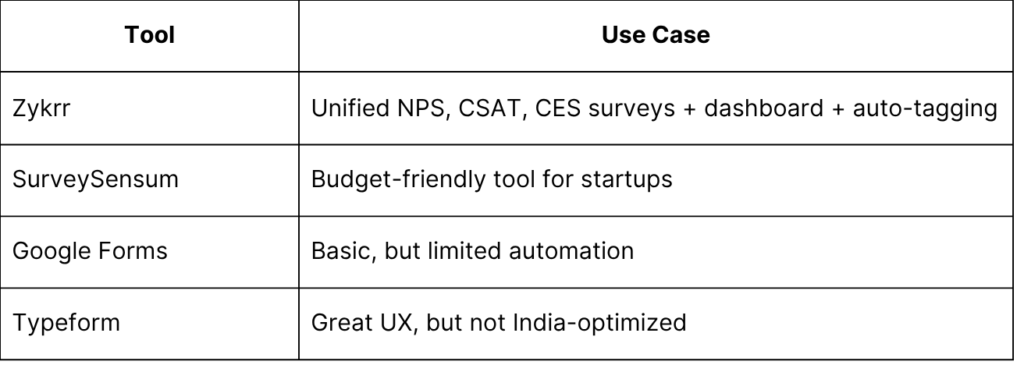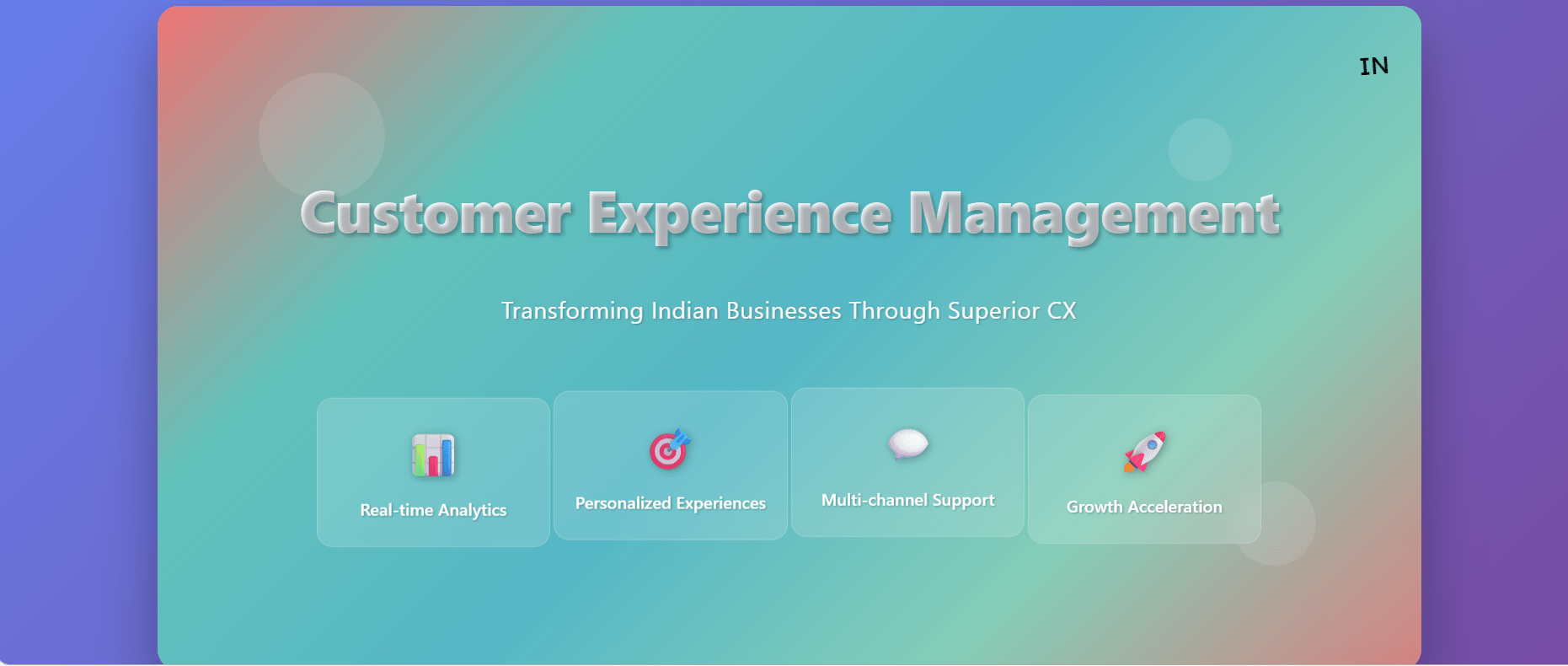Introduction
A strong customer feedback strategy can be the difference between reacting to complaints and proactively delighting your customers. In India, where consumer expectations vary widely across regions and industries, crafting the right approach to collecting, analyzing, and acting on feedback is mission-critical.
This guide will walk you through:
1. Why feedback matters in the Indian context
2. How to build a structured feedback strategy
3. Tools and channels to use
4. Best practices for closing the loop and driving ROI
Why Feedback Strategy Matters in India
1. High Service Expectations: In sectors like BFSI, e-commerce, and telecom, quick issue resolution is non-negotiable.
2. Regional Diversity: Language, tone, and context vary across India — your surveys and response strategies should too.
3. Digital Leapfrogging: With India’s rapid digital adoption, feedback now comes through WhatsApp, app reviews, and voice calls — not just email.
4. Competitive Pressure: Customers are willing to switch brands after a single bad experience — making retention the new growth engine.
Step-by-Step Framework to Build Your Feedback Strategy

Step 1: Define Your CX Goals
- 1. Improve NPS or CSAT?
- 2. Reduce churn?
- 3. Benchmark service by region or store?
Set measurable KPIs linked to business outcomes.
Step 2: Choose Feedback Channels
- 1. Transactional Surveys: CSAT or CES after purchases, deliveries, support calls
- 2. Relationship Surveys: NPS sent quarterly
- 3. In-App Feedback: For SaaS or app-first brands
- 4. WhatsApp & SMS Surveys: Ideal for retail, healthcare, logistics
- 5. IVR/Post-Call Ratings: Especially useful for call center-heavy businesses
Step 3: Ask the Right Questions
1. Keep surveys short (1–3 questions max)
2. Use simple language, support Hindi/regional languages
Examples:
- 1. “How satisfied were you with today’s service?”
2. “What could we do better?”
- Step 4: Tag and Segment Feedback
- 1. Categorize feedback by location, product, customer type
2. Tag recurring issues like “Late Delivery,” “Agent Rude,” etc
3. Use Zykrr’s dashboard to auto-categorize open-text feedback with sentiment analysis
Step 5: Close the Loop
1. Acknowledge every piece of negative feedback within 24–48 hours
2. Route feedback to relevant departments
3. Set SLAs for resolution and track via CXM software
Step 6: Analyze Trends and Share Insights
1. Review trends weekly or monthly
2. Share dashboards with business heads, not just CX teams
3. Use insights to inform product, operations, and training decisions
Step 7: Tie Feedback to Business Impact
1. Correlate improved NPS with retention or repeat purchase
2. Publish internal wins — “We fixed X because you told us”
3. Present CX data in board meetings as a revenue driver
Tools to Power Your Feedback Strategy

How Zykrr Helps Indian Brands Elevate Their Feedback Strategy
Zykrr is designed for Indian CX leaders who want:
1. Multi-channel feedback collection (WhatsApp, IVR, email, app)
2. Smart segmentation and tagging by region and product
3. SLA-based feedback resolution workflows
4. Predictive alerts for churn and promoter opportunities
Frequently
Asked Questions
-
How often should I collect feedback from customers in India?
For transactions: immediately after the interaction. For relationship surveys: once a quarter is ideal.
-
What’s the best channel for collecting feedback in India?
WhatsApp and IVR for reach, email for detailed insights, in-app for SaaS brands.
-
Should I translate surveys into regional languages?
Yes — customers are more responsive when addressed in their preferred language.
-
What’s the best metric to start with?
Start with CSAT and NPS. Add CES and churn tracking as you scale.





















